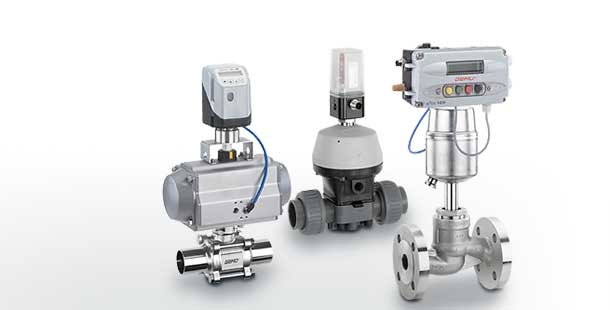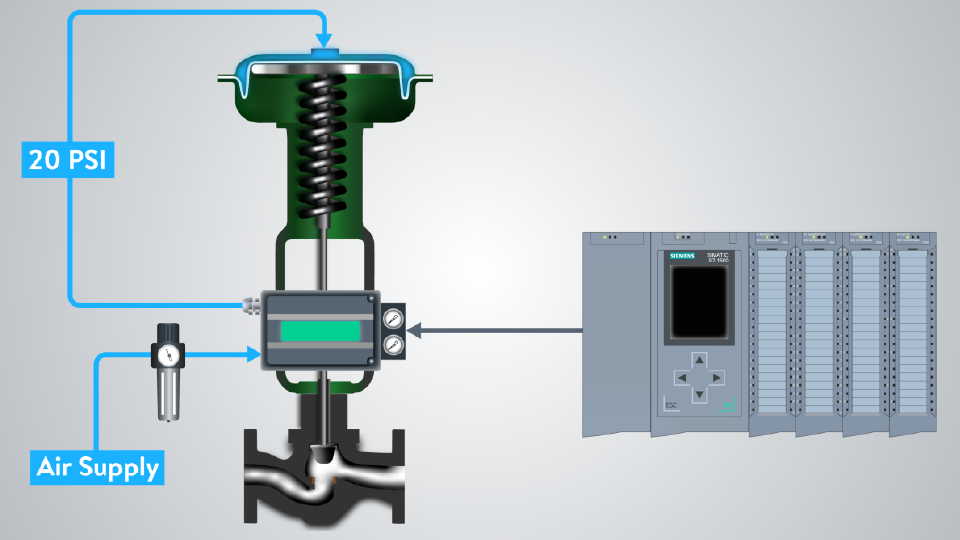How Control Valves Impact Power Effectiveness in Industrial Settings
How Control Valves Impact Power Effectiveness in Industrial Settings
Blog Article

Maximize Power Savings and Convenience With Advanced Building Automation Controls
In the world of modern-day architecture and facility management, the integration of innovative structure automation manages stands as an essential innovation. The merging of technology and sustainability has actually birthed a brand-new period where energy performance, convenience optimization, and operational streamlining are no more far-off ambitions but possible facts. By harnessing the power of automation, structures can adapt, respond, and evolve in manner ins which were as soon as unthinkable. The capacity for significant power financial savings and boosted convenience is not just a promise but an opportunity waiting to be fulfilled. This standard shift in structure management holds the essential to unlocking a world where ecological conscientiousness and passenger wellness harmoniously exist side-by-side within the wall surfaces of our frameworks.
Power Efficiency Perks
Power efficiency benefits can considerably lower energy usage and operational prices in structures. Energy-efficient systems, such as advanced structure automation controls, can maximize the use of sources like cooling, heating, and lights, leading to lower power expenditures over time.
Additionally, enhanced energy efficiency can extend the life expectancy of building devices and systems. By running much more effectively, heating and cooling systems, light, and various other building components experience less damage, resulting in lowered maintenance and replacement costs. Furthermore, energy-efficient buildings frequently command higher property values and rental rates, providing lasting economic advantages to proprietors.
Moreover, power effectiveness can improve owner convenience and performance. Correctly managed interior environments with optimum lights and thermal problems develop a more favorable and positive work space, resulting in boosted employee satisfaction and efficiency. Overall, the power performance benefits associated with advanced structure automation controls are diverse, encompassing cost financial savings, ecological stewardship, and occupant health.
Enhanced Comfort Control
Enhancing comfort control in building settings calls for a sophisticated integration of innovative automation systems for optimum owner wellness. By making use of advanced building automation controls, centers can customize the interior atmosphere to fulfill the specific demands and preferences of passengers. These systems enable accurate policy of ventilation, temperature level, and lighting, producing a comfy and productive atmosphere. Passenger complete satisfaction and performance are very closely linked to thermal convenience, making it necessary to have systems in location that can adjust to altering conditions in real-time.
By integrating these sophisticated controls, buildings can not only improve comfort yet also boost power performance by enhancing system procedures based on real tenancy and use patterns. Eventually, focusing on resident convenience with sophisticated automation systems leads to a more pleasurable and much healthier interior environment.
Operational Performance Improvements

Moreover, the execution of real-time monitoring and analytics tools makes it possible for structure operators to recognize power ineffectiveness and functional anomalies immediately. By continually checking power use patterns and system efficiency metrics, modifications can be made in real-time to maximize energy usage and guarantee peak functional performance. control valves. Additionally, incorporating demand feedback methods right into structure automation controls can further improve functional performance by dynamically adjusting energy usage based upon grid problems and pricing signals
Indoor Environment Optimization
Reliable interior environment optimization is a basic facet of structure automation controls, making certain occupants' convenience and wellness while taking full advantage of energy cost savings. By utilizing sophisticated sensors and controls, constructing automation systems can continuously monitor and readjust temperature, humidity degrees, air high quality, and air flow to develop an optimum indoor environment. Keeping comfy and constant conditions not just enhances occupant contentment yet likewise improves performance and total well-being.
Interior environment optimization likewise plays a crucial role in energy performance. By fine-tuning ventilation, home heating, and cooling systems based upon real-time information and tenancy patterns, building automation controls can dramatically decrease energy usage - control valves. Implementing strategies such as demand-controlled ventilation and thermal zoning can help decrease power waste while guaranteeing that each location of the structure receives the needed conditioning.

Sustainable Setting Production
Building automation regulates not only optimize interior environment problems for power effectiveness and owner comfort however likewise lay the structure for developing a lasting environment with tactical management of systems and sources. By integrating sophisticated building automation modern technologies, such anonymous as sensing units, actuators, and intelligent software, facilities can adjust and keep an eye on energy use in real-time to decrease waste and lower their carbon impact. These systems allow anticipating upkeep, identifying potential issues before they intensify and enhancing equipment efficiency to enhance long life and effectiveness.
Additionally, lasting environment creation prolongs beyond power management to encompass water preservation, waste reduction, and interior air high quality improvement. Building automation controls can control water usage, find leakages, and make certain proper garbage disposal techniques, adding to general sustainability efforts. Furthermore, by checking and controlling air flow and filtration systems, these modern technologies improve resident wellness and productivity while lowering energy intake related to heating and cooling operations.
Final Thought
In final thought, advanced structure automation regulates deal considerable benefits in terms of power cost savings, comfort control, operational performance, indoor environment optimization, and producing a lasting atmosphere. By implementing these controls, structures can accomplish optimum performance while lowering energy consumption and enhancing occupant convenience. It appears that making use of advanced automation innovation is critical in improving building performance and creating a more sustainable future.
Power effectiveness benefits can significantly reduce power intake and functional costs in structures. In general, the energy performance advantages connected with sophisticated structure automation controls are complex, including expense financial savings, environmental stewardship, and resident wellness.
In addition, including need feedback techniques into structure automation controls can better enhance functional efficiency by dynamically adjusting energy usage based on grid conditions and rates signals.
Building automation regulates not just optimize interior climate problems for energy performance and passenger comfort but additionally lay important site the foundation for developing a article source lasting setting through critical administration of systems and resources.In verdict, progressed structure automation manages offer considerable advantages in terms of power cost savings, convenience control, functional efficiency, interior environment optimization, and creating a sustainable atmosphere.
Report this page